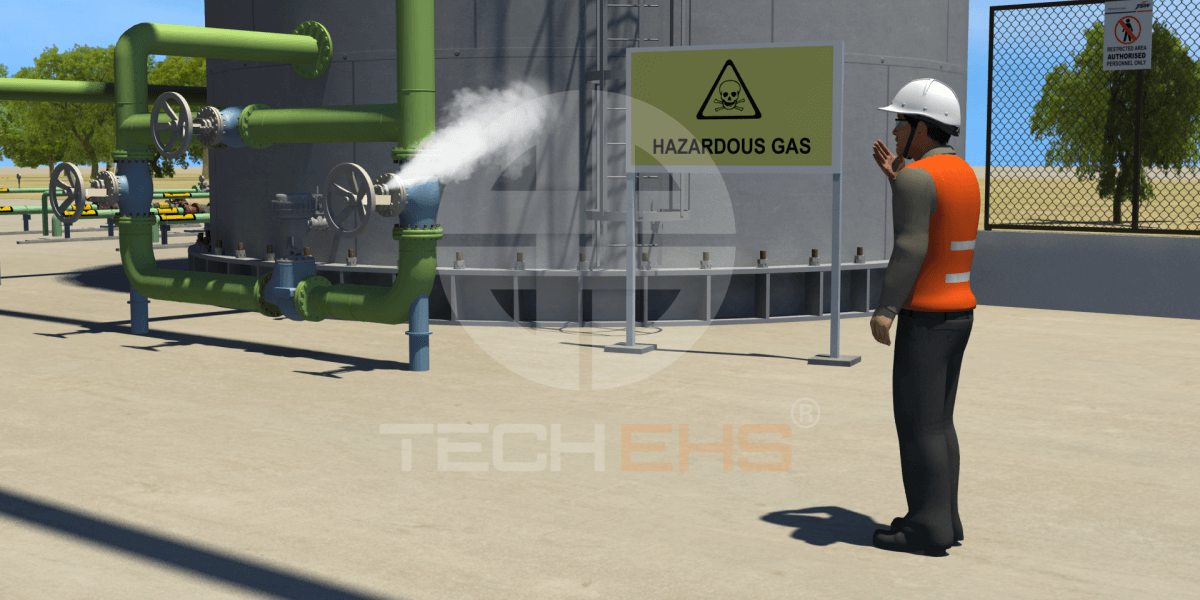Behaviour-Based Safety (BBS) Training Programs
Behaviour-based safety (BBS) is a proactive safety approach that focuses on identifying, observing, and modifying unsafe employee behaviours rather than only addressing hazardous conditions or relying solely on compliance measures.
BBS aims to create a safety-first culture by engaging everyone, from leadership to front-line workers, in safety improvement efforts through behavioural observations, positive reinforcement, and continuous feedback.

Why is BBS Needed?
Objectives of BBS Training
BBS training aims to empower employees, strengthen organizational safety culture,
and reduce accidents through practical behavioural change strategies.
- Understand the BBS philosophy and process.
- Learn about safe vs. at-risk behaviours.
- Apply the ABC Model (Antecedent–Behaviour–Consequence).
- Clarify roles across the organization, from top management to observers.
- Improve communication and teamwork around safety.
- Reinforce positive behaviours through feedback.
- Provide measurable data for ongoing improvement.
- Create a proactive and sustainable safety culture.
Ready to Elevate Your Safety Standards?

Our Behaviour-Based Safety Training is designed for organizations ready to make safety a shared value. Whether you’re looking to introduce BBS or enhance your current program, our training delivers impactful results through real-world application and team engagement.
Contact us today to customize a training session for your team or learn more about our corporate safety solutions.
Inspiring Stories
Testimonials from Industry Pioneers
“Highly Engaging and Insightful”“The 3-day HIRA/JSA workshop conducted by TECH EHS provided a comprehensive understanding of hazard identification and risk assessment. The practical exercises and real-life case studies made it engaging and applicable to our day-to-day operations. The 2-day Incident Investigation workshop was equally impactful, teaching us structured approaches to prevent future incidents.”
“A Game-Changer for Safety Practices””This training transformed the way we approach workplace safety. The HIRA/JSA sessions equipped us with the tools to proactively identify risks, while the Incident Investigation workshop emphasized learning from past events to build a safer environment. Truly an invaluable experience! Thank you, TECH EHS”
“Empowering Safety Leadership””The workshops were meticulously designed, focusing on developing proactive safety leaders. The HIRA/JSA program by TECH EHS encouraged us to think critically, and the Incident Investigation sessions gave us the confidence to handle incident analyses with clarity and precision.”
“Practical and Immediately Applicable””Unlike typical theoretical sessions, these TECH EHS workshops were hands-on and interactive. The HIRA/JSA training provided techniques that we could immediately apply on-site. The Incident Investigation workshop gave us a framework to systematically uncover root causes and implement corrective actions.”
“Building a Culture of Safety””The workshops conducted have not only enhanced our technical skills but also strengthened our commitment to fostering a culture of safety. The TECH EHS team and trainers were exceptional, delivering complex concepts in an easy-to-understand manner. A must-attend for anyone serious about workplace safety.”
Frequently Asked Questions
Our Clients


















































































